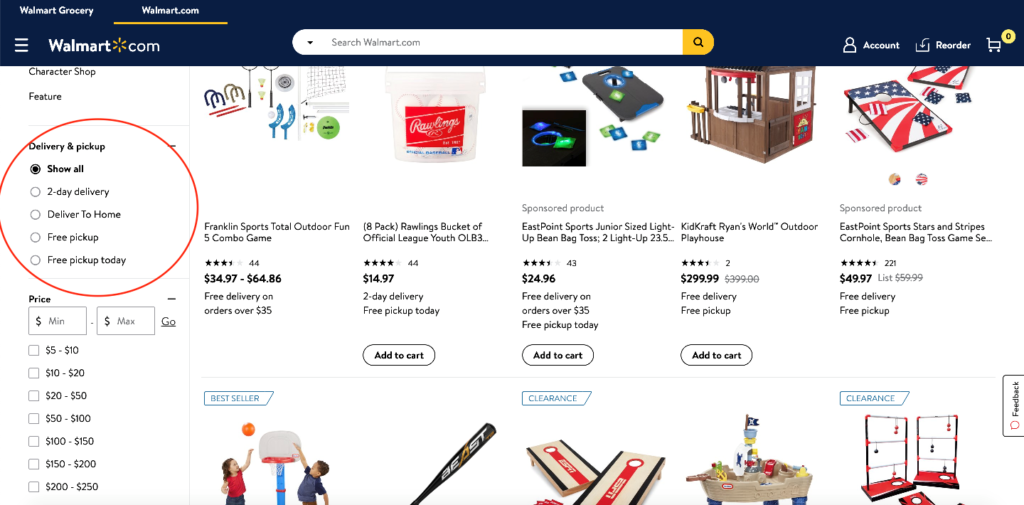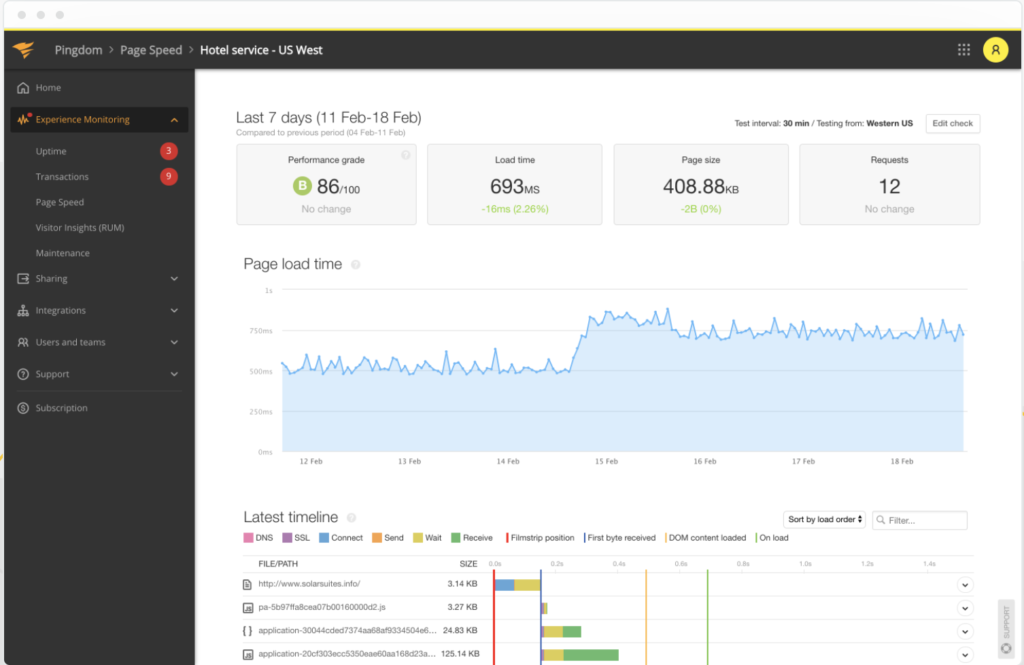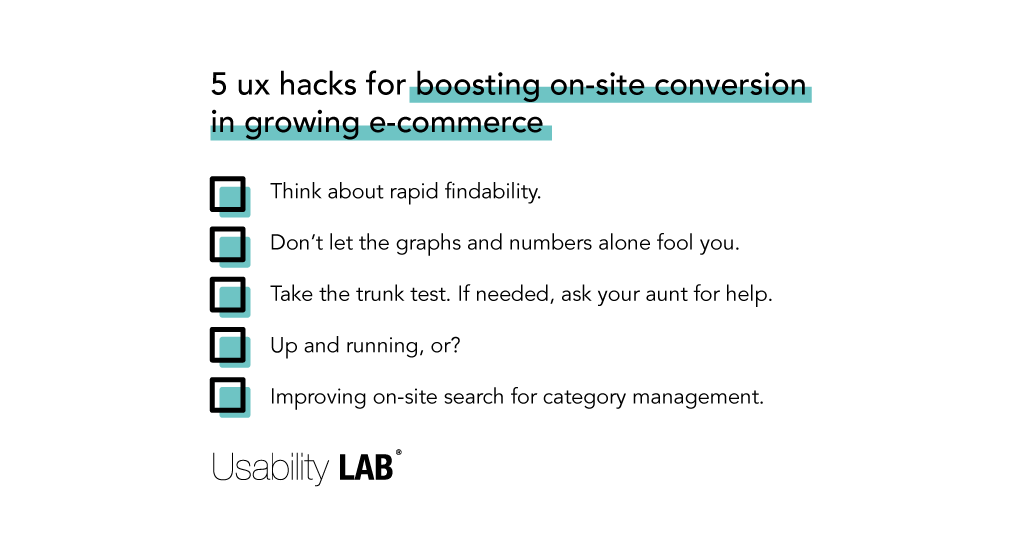Life as we know it is gone. At least temporarily. Gone remote, of course. As one of the consequences, some e-commerce businesses, like food and drugs online stores, face new challenges, such as an unprecedented growth in order volume.
While retailers with no previous online presence struggle now to lift & shift their operations to run online, those who have been present online for some time now, focus on keeping delivery times acceptable as more and more orders come pouring in.
If you’re lucky to find the store you run in the latter category, I have some interesting tips for unlocking the potential of massive traffic your e-commerce site is currently experiencing.
1. Think about rapid findability
Shopping is now, more than ever, about in-stock availability and delivery time. Rapid findability is about enabling customers to find items they need most urgently and check out as soon as possible.
Here are a few tactics supporting rapid findability:
- add availability attribute to the filters to enable search refinement,
- add a new category such as “ships in 24 hours”, which will comprise items that can be delivered very fast, i.e. within 24 hours,
- place items in stock higher than those temporarily unavailable on internal product search results pages (SERP),
You’ll find these changes easy to implement and very likely to boost conversion in no time – real quick wins for today’s frenzy shoppers.

Checking availability at walmart.com is easy thanks to filters visible in the left-side navigation bar
Additionally, think about the convenience of recurring visitors and consider the following:
- Propose pre-ready bundles based on the history of previous orders / commonly searched products, or even whole shopping carts that can be grabbed in an instant;
- Support “0 search” pages with feedback – when the visitor types in an out-of-stock item name, ask them if they want to be notified once the item becomes available.
2. Don’t let the graphs and numbers alone fool you
Usually, we don’t have access to full dataset when we build business hypotheses or draw conclusions. Tracking your customers’ behaviour with website analytics and screen recorder is fine, however – it’s not enough if you want to unlock the full potential of the traffic you get.
This is caused by the fact that with analytical tools we only see what the visitors did (where they went, what they typed in, where they gave up). Yet, in most cases we do not really have a faintest idea of what they tried to find, why they were looking for it, and especially why they gave up.
Fortunately, some customers are persistent or desperate enough to call or chat before they finally give up on you. That’s exactly where this story begins.
Do you keep a registry of the issues brought up over the phone to the customer service? No? Then start right away. It’s a goldmine.
Ask your customer service consultants to divide the calls into categories, and listen to the calls to identify issues such as missing category names, too vague categories that are hard to navigate, or absence of division into sub-categories, which support faster product browsing.
Talk to the people in the front line and see what real client stories pop up, then elaborate on them to assess how important the issues are.
You’ll be surprised how many insights for conversion optimization this source can provide.
3. Take the trunk test. If needed, ask your aunt* for help.
My precious… Homepage…
One of the most common mistakes is to take your homepage for starting page for most of your visitors. One look into your analytics and in most cases you’ll find that the long tail beats the homepage. In the majority of cases, visits that started on product pages are (totalled) likely to bring more conversion, and more money, than visits that started on the homepage.
Your site might be getting traffic but losing conversion due to these common mistakes—problems with categories, such as e.g. very large pool of items per one category; problems with naming of categories, which might be counterintuitive; or problems with missing information or incorrect descriptions.
One simple idea to test your site is to navigate to the deepest category level, go to a product page, and then ask your aunt to have a look around at the page without clicking anything, and tell you what is the product range of the store she’s looking at.
If the story you hear differs from what you’d like it to be, then there is definitely some work to be done with product categories and main menu of your site. This could be the visibility of the menu, including its visual ergonomics or its contents – such as too generic names for top-level categories.
*) Actually, it could be your grandma, father, or a neighbour, i.e. anyone not involved in the development of your site is fine. They don’t even have to “be in the target group”.
4. Up and running, or?
Pay close attention to uptime and server response times. Find out what’s the value of every missing minute in cash. Carefully measure downtime and consider migration, if necessary.
This might seem obvious, but one of the top things worth considering is making sure your website is actually up and running most of the time. 99,99% of the time, to be precise. And don’t take your hosting company reports for it.
To have an independent view on the state of matter here, use an SaaS solution such as Pingdom or Uptime Robot, which will check your site’s availability on a regular basis from distributed locations.

Both Pingdom and Uptime robot probe your website and provide clear dashboards reporting vital uptime metrics
As the traffic grows, many orders can be lost just due to the plain fact of lost server connectivity. Only after measuring every minute of business interruption, we get the full picture on lost sales opportunities and therefore the cost of the interruption.
If your site experiences such shortages, consider moving it to the cloud, which will solve uptime issues instantly thanks to auto scaling features that come native with cloud infrastructure services.
5. Improving on-site search for category management
60 years ago, retailers started using research to discover the speed at which customers walk along shelves, in order to place enough product “faces” within each category – i.e. how many shampoo bottles need to be placed side by side to become visible. They also looked at how upper versus lower shelves performed in terms of conversion. It became clear that managing of which brands go where is a key idea to both parties – the retailer and the brand.
What used to be the core business for retailers, a few years ago moved online and is gaining significant popularity since then. Today, category management and joint business plans are the new Graal of enterprise e-commerce.
The best results can be achieved through deep understanding of both brand’s value proposal and buyer context – which differs between stores.
As product descriptions become more and more complex, containing a lot of plain text, a wide array of product attributes, images, videos, user opinions and so on, it becomes a great challenge to select the right criteria to return relevant search results to the user, addressing his needs and promoting brand’s USP in a unique way.
Finding a common ground for those two perspectives is an effect of ongoing optimization process. No algorithm is highly precise right from the beginning. It’s a matter of iterations to fine tune the search engine results page algorithm to find balance between cross-selling capabilities and the relevance of the results with the initial query.
Some metrics to watch:
- the conversion ratio of visits where the internal search was used,
- the average shopping cart value for those visits,
- the conversion ratio for visits with user searches for specific brands,
- visits and conversions for specific brand pages,
- customer satisfaction scores for visits mentioned above.
***********

Obviously, this list is just the beginning. Stay tuned, if you feel like this could help you survive spikes and unlock the full potential of your digital commerce. There is a ton more to come.
Or, if you feel like talking to us – reach out and let’s talk about expanding your e-commerce results.



